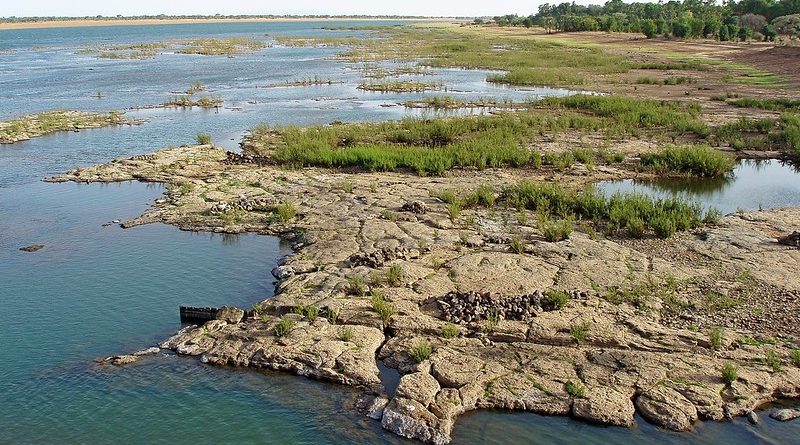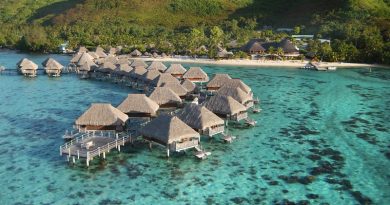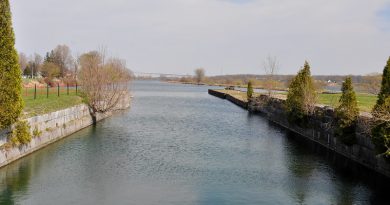The Niger River
At 2600 miles, the Niger is the tenth longest river in the world and the third longest in Africa. Its source had been discovered by the late 18th century, but its course was a great mystery for decades.
The Niger takes one of the most unusual routes of any major river, a boomerang shape that baffled geographers for two centuries. Its source is in the Guinea Highlands in south-eastern Guinea near the Sierra Leone border.240 km inland from the Atlantic Ocean, but the river runs directly away from the sea into the Sahara Desert, then takes a sharp right turn near the ancient city of Timbuktu and heads southeast to the Gulf of Guinea. It runs in a crescent shape through Mali, Niger, on the border with Benin and then through Nigeria, discharging through a massive delta, known as the Niger Delta or the Oil Rivers), into the Gulf of Guinea in the Atlantic Ocean.
This strange geography apparently came about because the Niger River is two ancient rivers joined together.
Numerous expeditions were mounted and hundreds of men died on their quest to trace it before, finally in 1830, the brothers Lander canoed down its entire length. Many European expeditions to plot the river were unsuccessful. In 1788 the African Association was formed in England to promote the exploration of Africa in the hopes of locating the Niger, and in June 1796 the Scottish explorer Mungo Park was the first European to lay eyes on the middle portion of the river. Park proposed a theory that the Niger and Congo were the same river. He died in 1806 on a second expedition attempting to prove the Niger-Congo connection.The mystery of the Niger would not be solved for another 25 years, in 1830, when Richard Lander and his brother became the first Europeans to follow the course of the Niger to the ocean.




